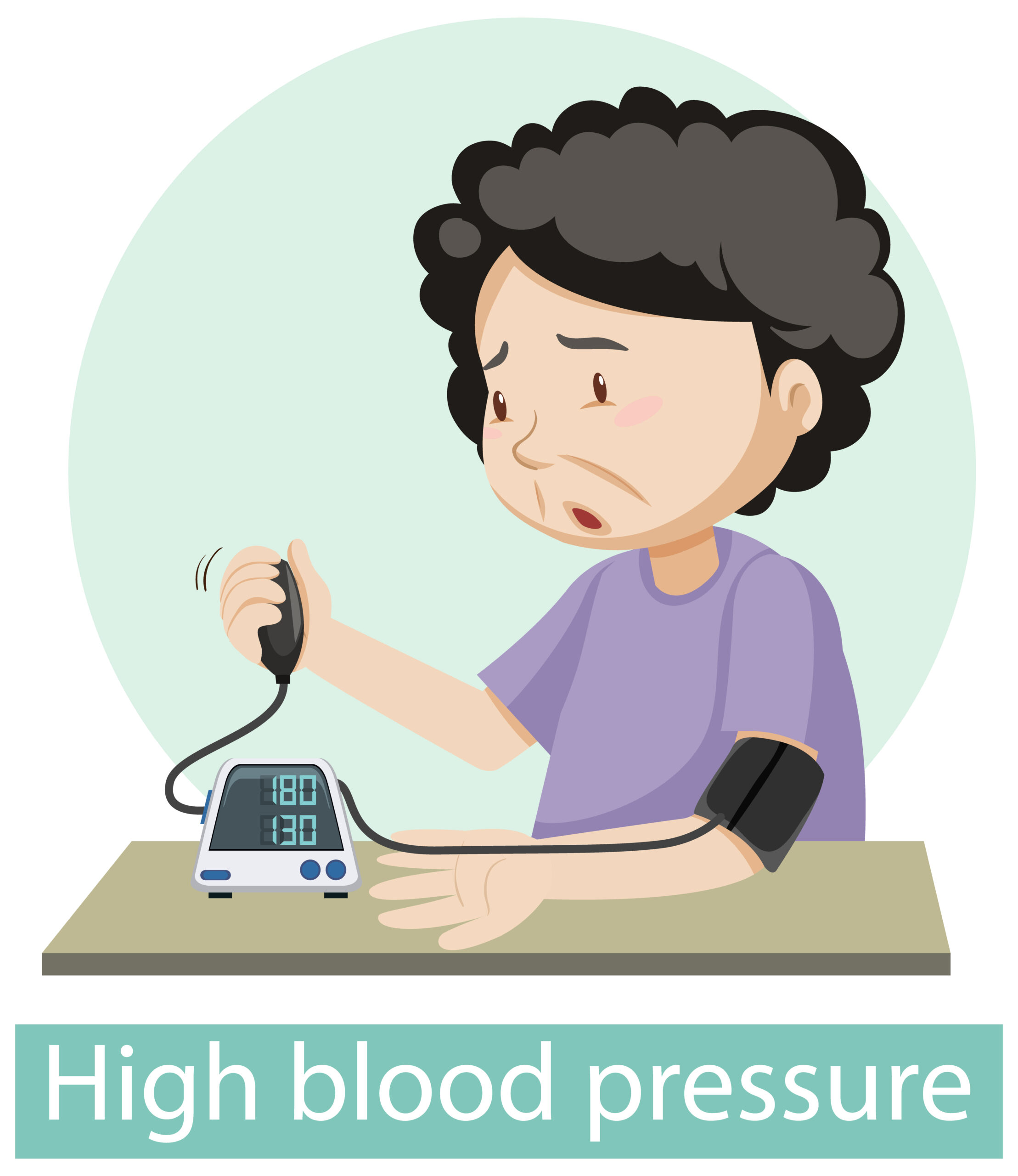
High blood pressure is a public health problem globally responsible for an estimated 7.7 to 10.4 million deaths annually. These deaths are attributed to heart attack, kidney failure and stroke. High blood pressure affects people in countries of high and low socio-economic status. The exact reasons of rising blood pressure is still now completely known. What we know so far is interaction of environment, life style, and genetics play a role towards high blood pressure as people age.
Is kidney responsible for high blood pressure?
There is a common perception among people that high blood pressure is a heart problem. Although it is true that high blood
pressure adversely effect the heart but in reality high blood pressure is caused by the kidney’s inability to get rid of extra sodium. So far, science has been unable to unlock the mystery of exactly why kidney hold on to extra salt as people age. The retention of extra salt by kidney leads to high blood pressure
Does limiting salt helps in controlling blood pressure?
Table salt constitutes two electrolytes sodium and chloride. Role of Sodium is integral to high blood pressure, Many studies have shown limiting sodium between 1500 to 2300 milligram per day can lower blood pressure by 5 to 7 points. Achieving this target sodium intake is easier said than done as average female consumes 3700 mg of sodium and male, close to 4300 mg of sodium daily on a western diet. When you discuss limiting salt intake with patients struggling with high blood pressure most mention avoid salting there food. In reality they are still consuming close to 2000 and 3000 mg of sodium a day due to the intrinsic salt loading of various food items. This brings to an important point of hidden source of salt in daily food. Certain food items intrinsically have higher sodium content. For instance 3 oz of dark chicken meat (no skin) has 314 mg of sodium. Similar 1.3 oz of feta cheese has
314 milligrams of sodium. Another hidden source of salt is the preservative used in the food items. Due to the rise in processed and packaged food there is increase in the use of additives and preservatives in the food to improve the shelf life of the product. Unfortunately these preservatives in some cases makes up to 60 percent of the sodium content of the food product.
How Life style change impacted sodium intake.
With the rise of fast food and take out restaurants since mid 19th century the overall sodium intake has dramatically risen not only in western countries but globally as well. According to one estimate in 2010, the global daily sodium intake was 3.96 grams or 3960 mg in a day This brought a major life style change as people shifted away from preparing food at home to ordering from restaurants. This new trend took away the ability to control the amount of salt a person consumes on a daily basis. Hence, The more salt a person consumes, More difficult it is for the kidney to handle extra sodium which results in high blood pressure. Sodium content of some of the fast food items are listed in the table.
Solution:
Limiting salt intake on daily basis is a difficult task due to many barriers including lack of awareness of the effects high salt diet, difficult to track sodium content of various food items and no regulation of the salt content of the processed food. To overcome this issue one has to acknowledge the problem therefore knowing the effects of high salt diet on blood pressure is very important. While doing groceries people should look for food items low in sodium content. This can be achieved by reading labels at the back of the food items. Most of the food items have sodium content written at the back. At community level Grocery stores can also play a major role by dedicating separate aisles for food items with low sodium content, various salt substitute, low sodium salt in dedicated aisles. Similarly restaurants and take out places can have add low salt food items on there menu. At present various fast food restaurants offer gluten free products and display the calorie content of the food item similarly mentioning the sodium content can make it easy for people to track there daily sodium intake. No intervention is complete without mandatory requirements at government level. Governments around world need to ensure food processing companies limit sodium exposure of the food content. High blood pressure is major public health issue and high salt food is key component of this problem. A necessary change in needed at personal, societal, and governmental level to tackle this public health problem.


Hi, this is a comment.
To get started with moderating, editing, and deleting comments, please visit the Comments screen in the dashboard.
Commenter avatars come from Gravatar.